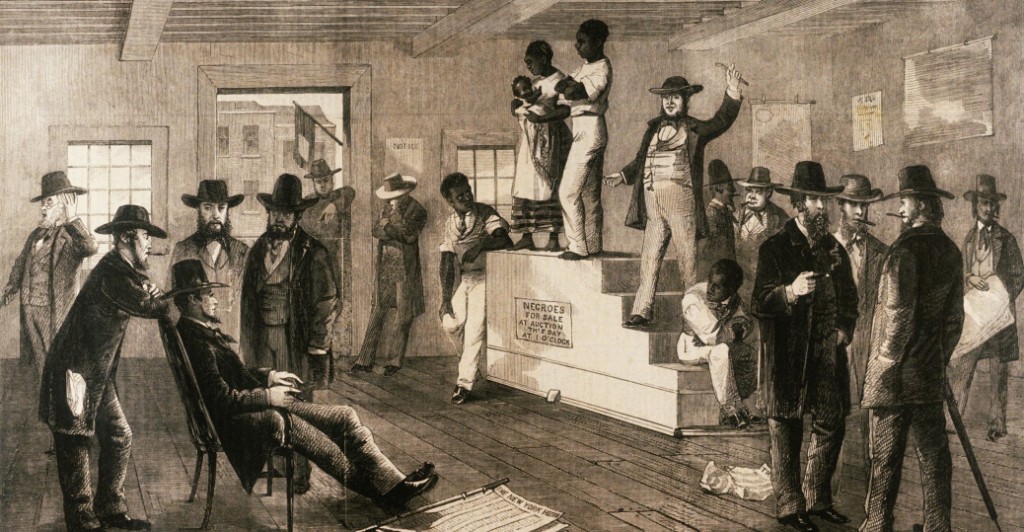One might think New York was a bastion of abolitionist sentiment before the Civil War. Hamilton’s Federalists had led a move for gradual emancipation in 1799; the last black person was freed in 1842.
They, too, needed John Brown and mass abolitionism from below. Wall Street had founded the slave trade in 1711. Fernando Wood, mayor in 1860, proposed joining the Confederacy because of the heavy influence of slave-produced cotton/textiles.
Two years ago, construction workers on a new building hit a cemetery for slaves. Over 40% of the skeletons were from people under 15. Bondage murdered (resulted in the otherwise unnecessary deaths of) many, many people.Last week, the Times editorial page below called Wall Street – at last – to account. As in Denver with Silas Soule at 16th street, so in New York, a plaque will be put up, honoring those captured and murdered, among the glitter of those who traded in them to found their fortunes (see also Craig Slaughter’s Ebony & Ivy on the founding of major universities).A Museum of Finance on Wall Street; what I name a Founding Amnesia about slave-owning is corrected partly here.Actually blacks were the leading fighters among both Loyalists and Patriots the the pivotal battle of Yorktown (see my Black Patriots and Loyalists: Fighting for Emancipation in the War of Independence here). The Times did not review the book two years ago, though it was the lead book at the University of Chicago Press in history which the Times often reviews.
But this editorial is some movement. It challenges amnesia about bondage.
Nonetheless, that blacks fought for freedom, their own and those of others, is still veiled in commercial commentary…

